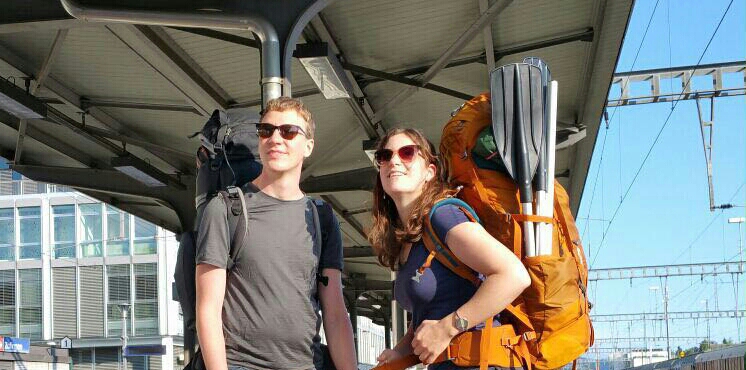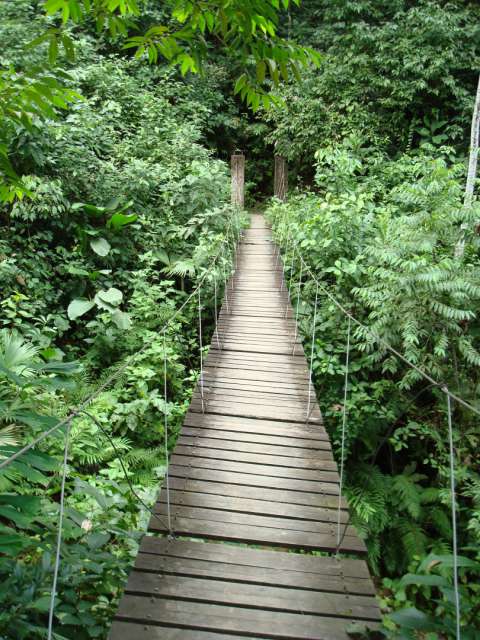Myanmar touches the heart
Hoʻopuka ʻia: 04.02.2017
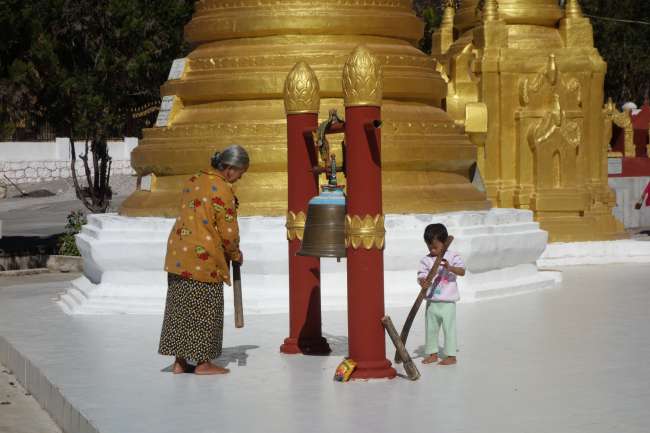
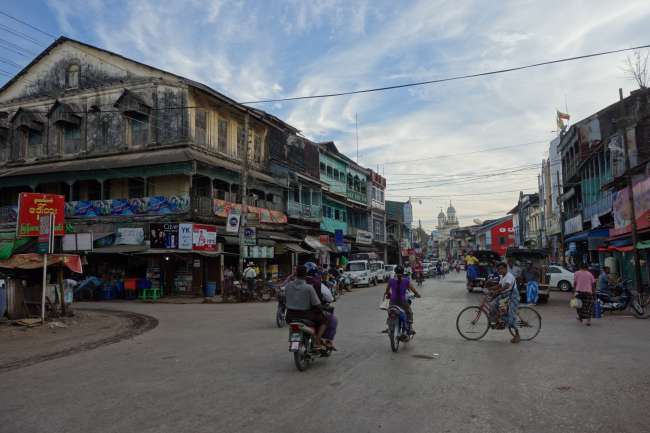
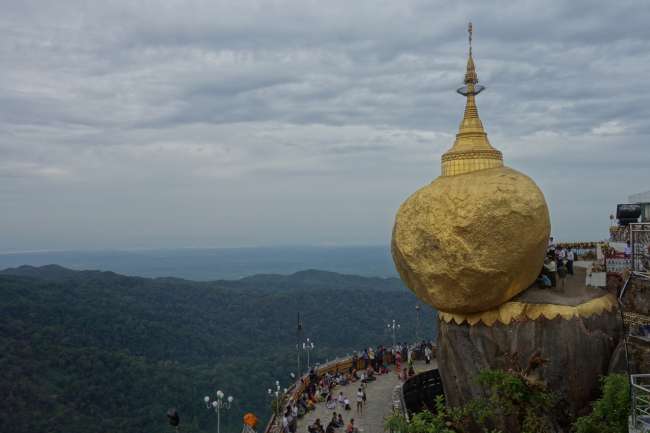
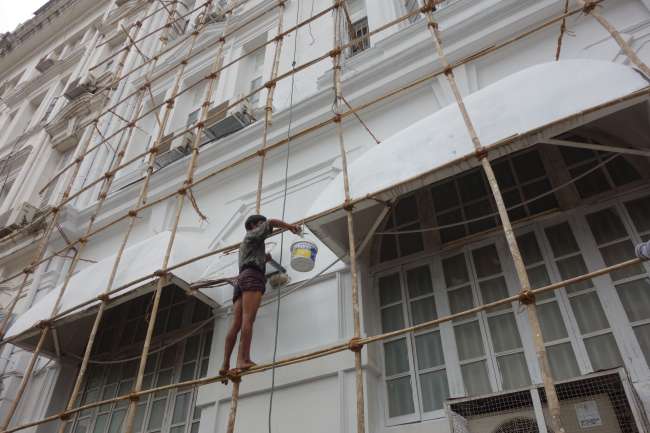
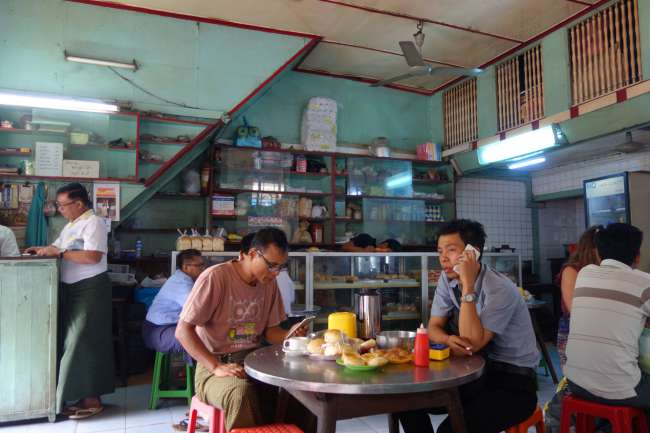
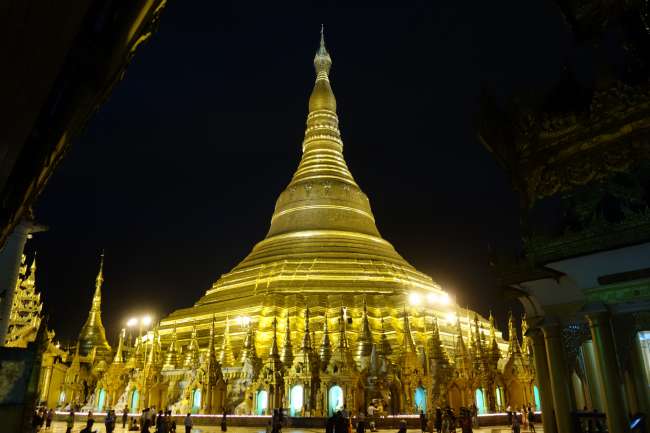
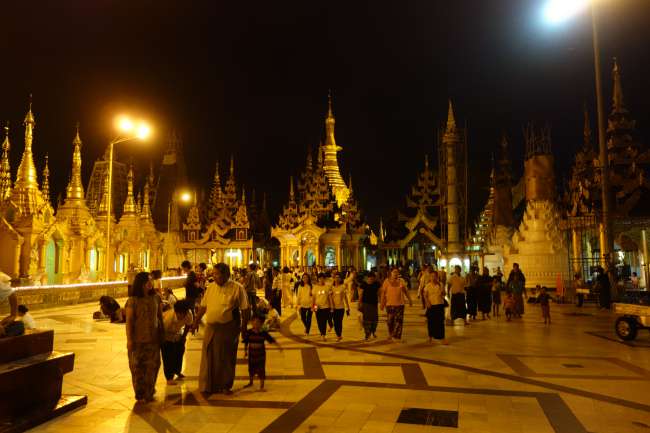
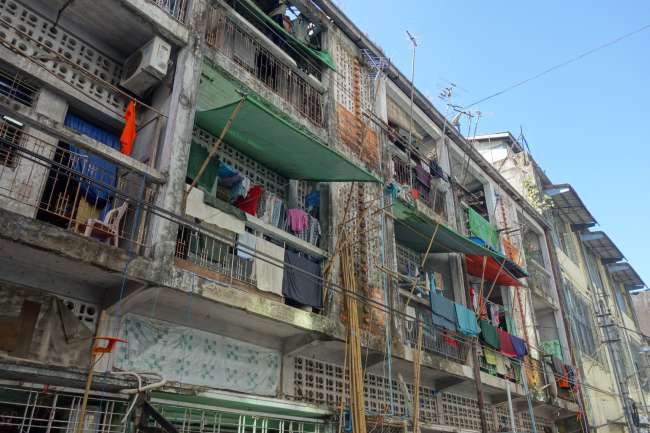
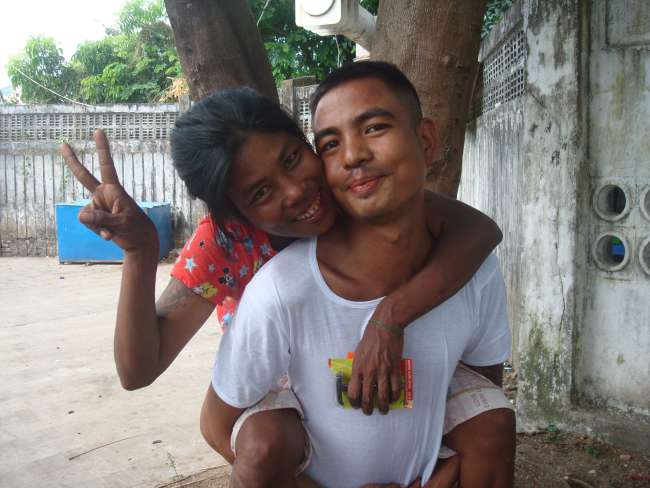
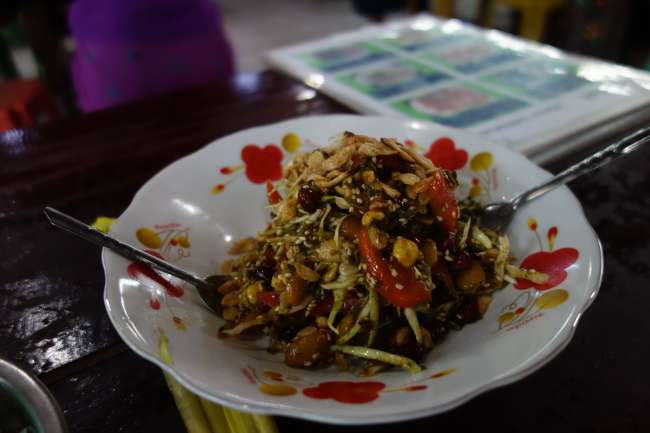
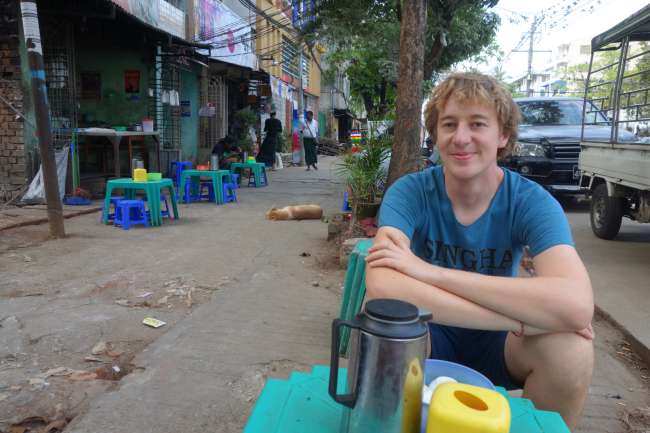
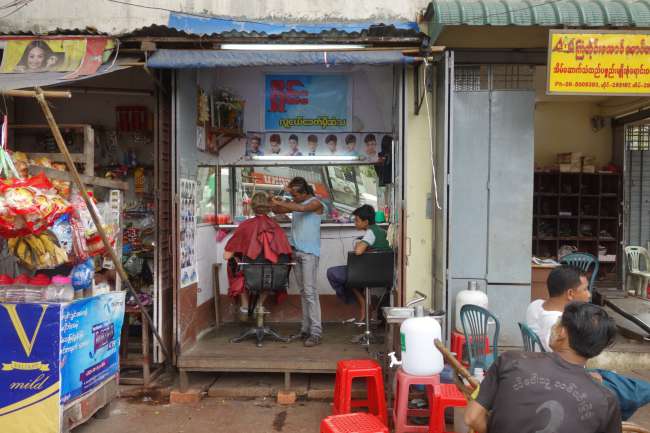
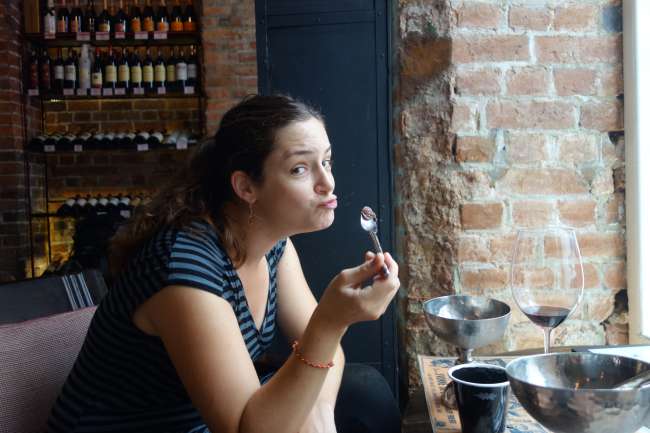
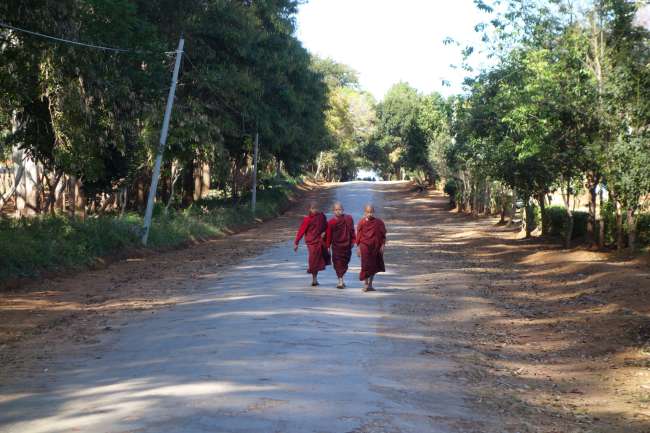
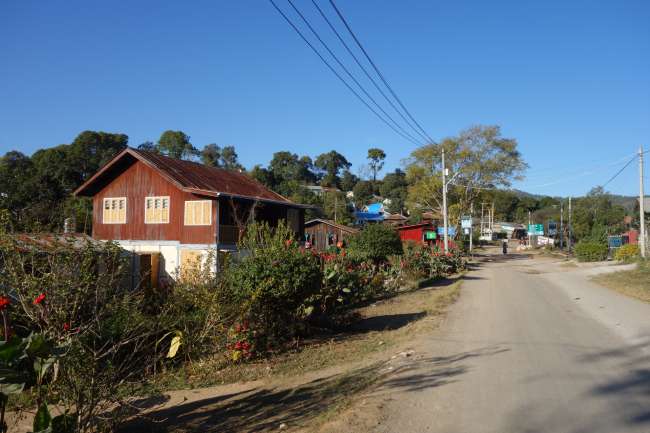
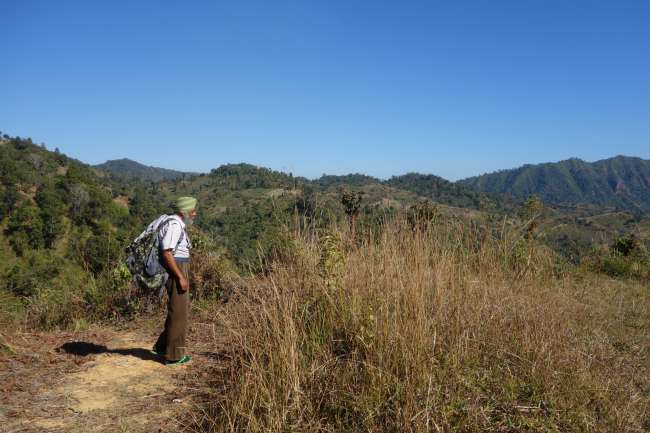
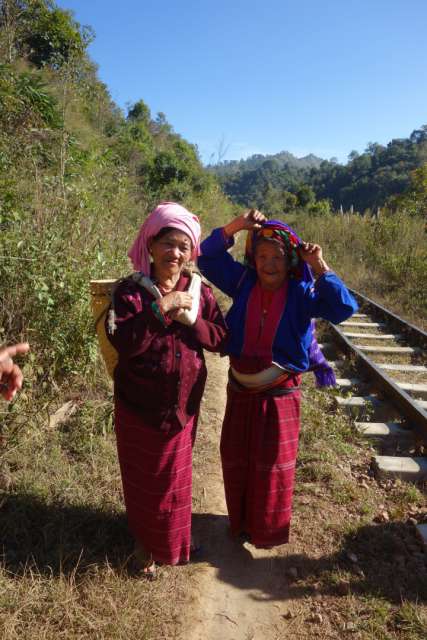
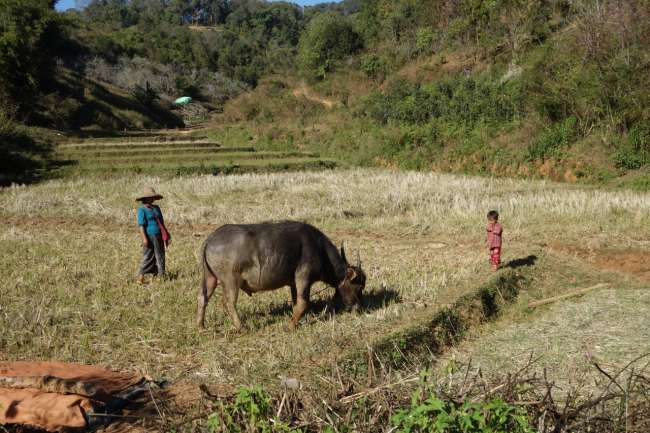
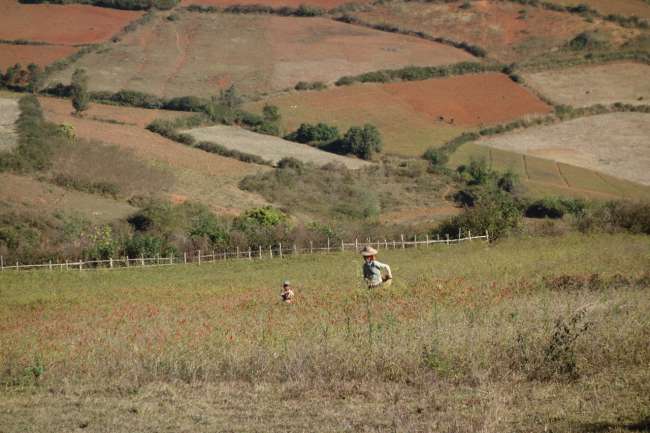
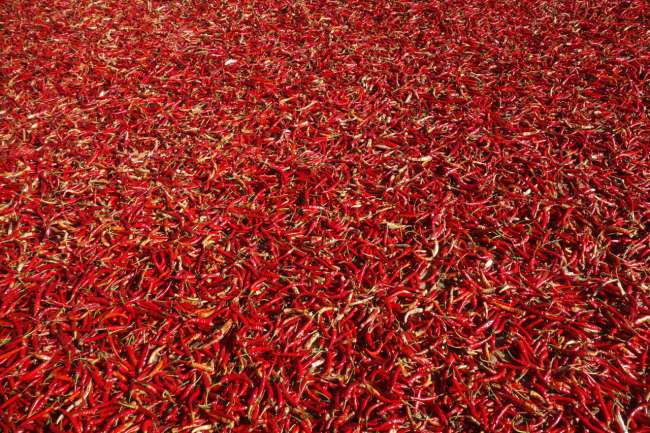
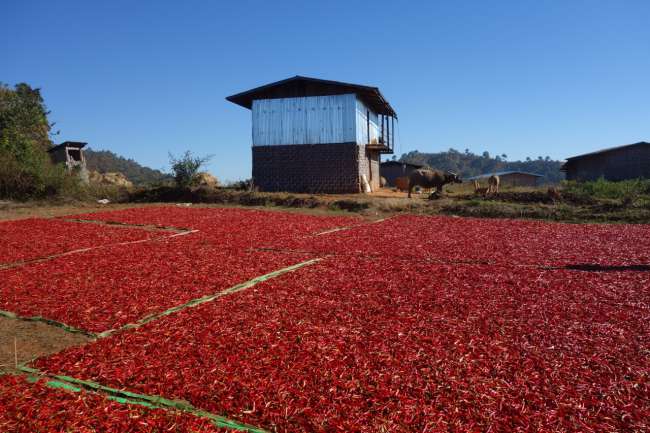
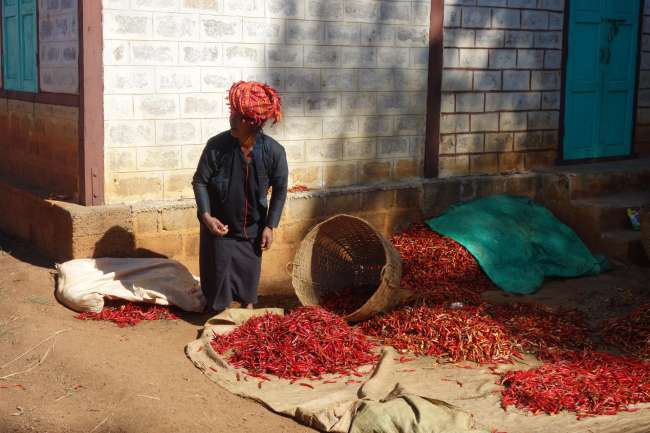
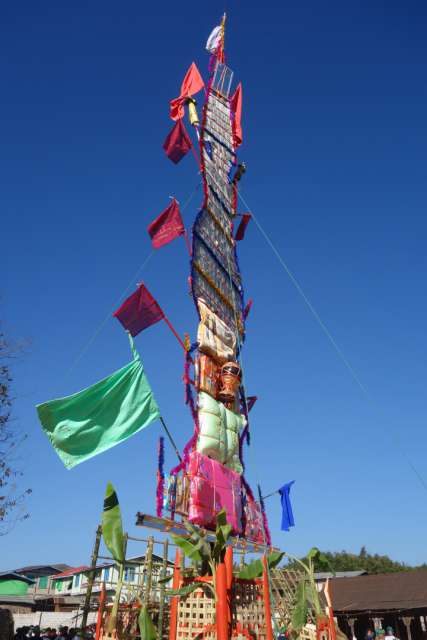
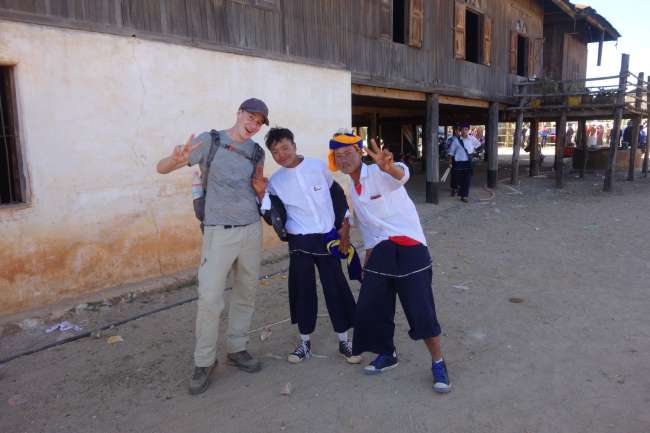
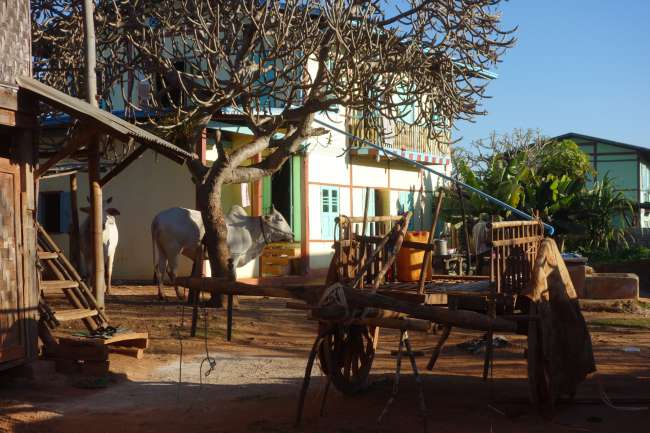
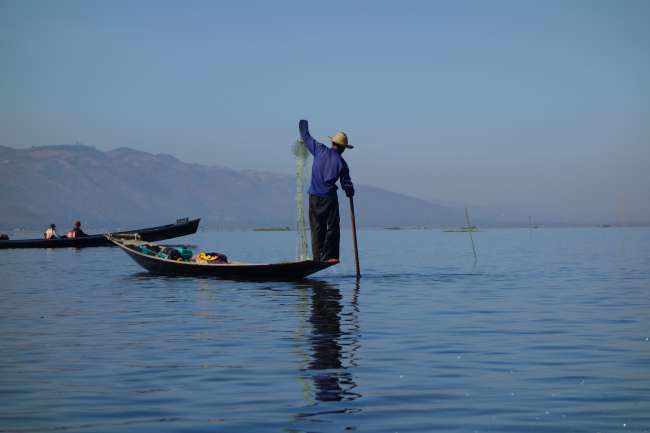
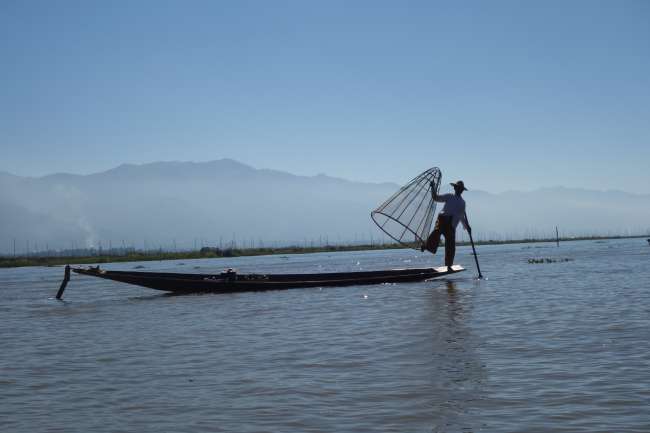
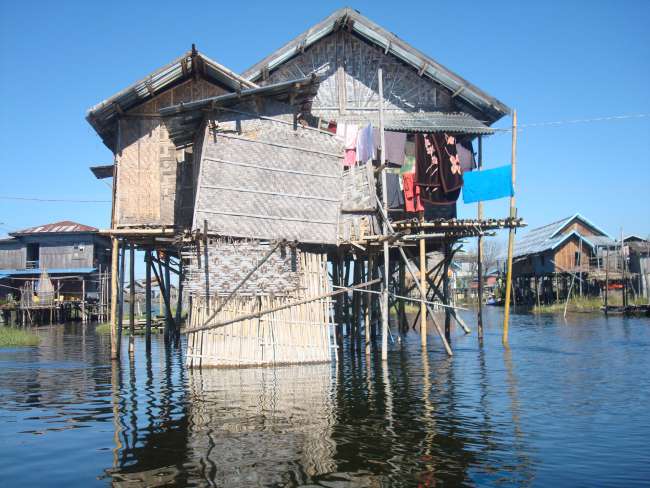
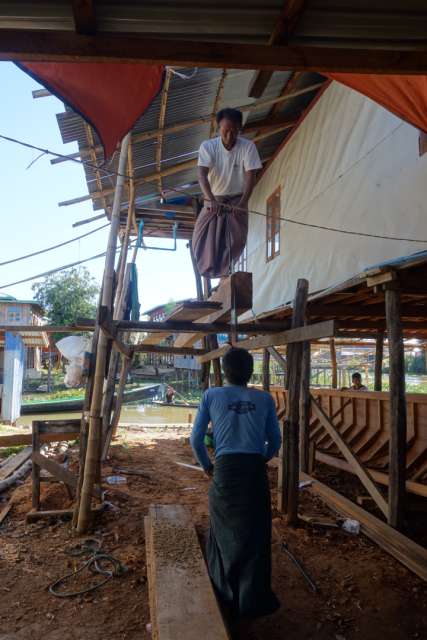
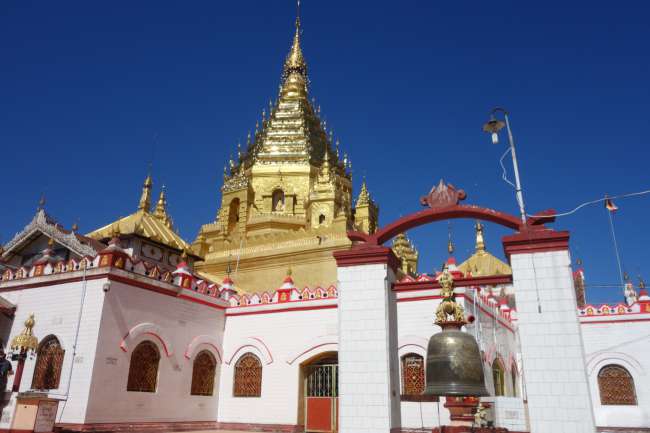
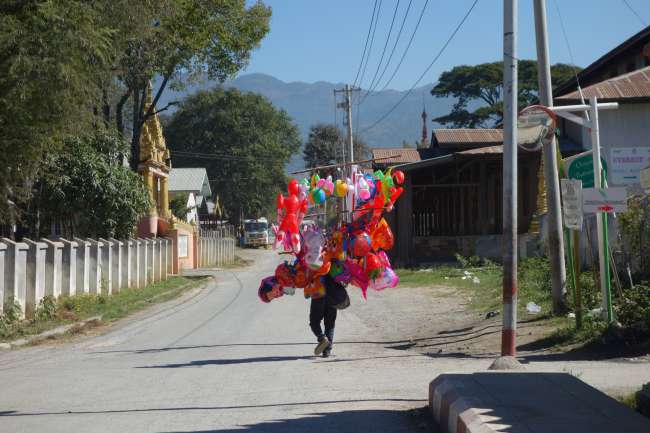
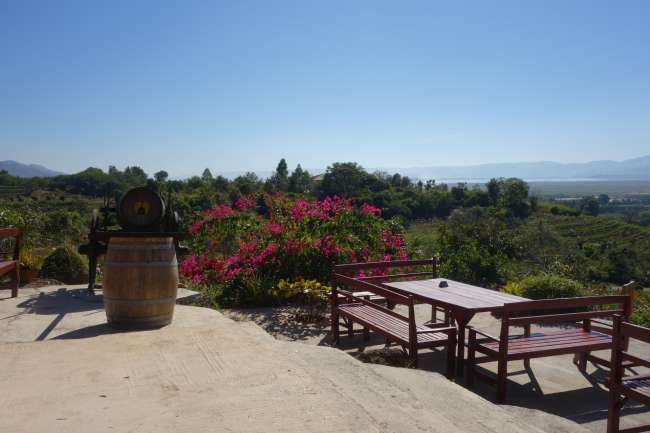
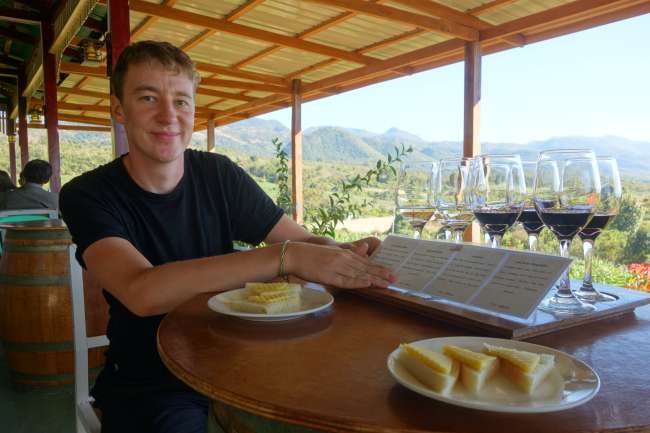
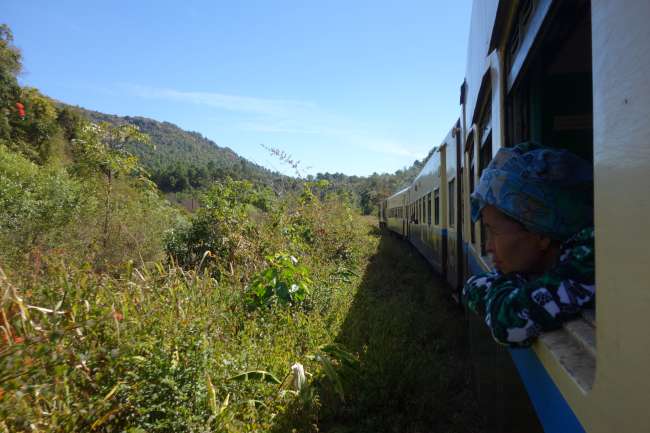
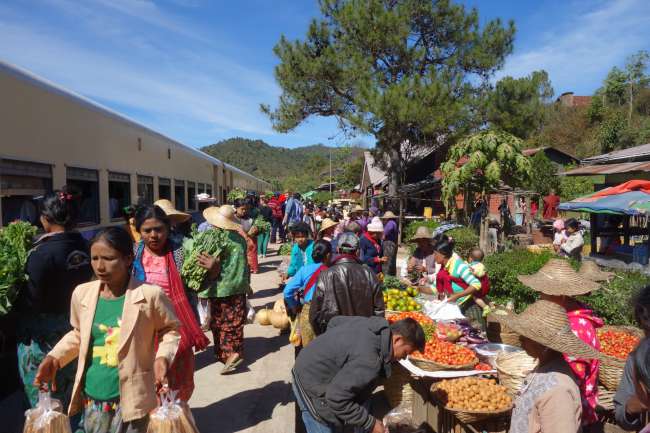
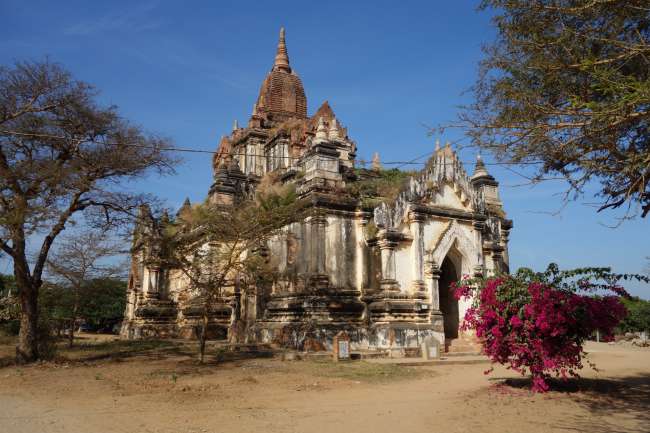
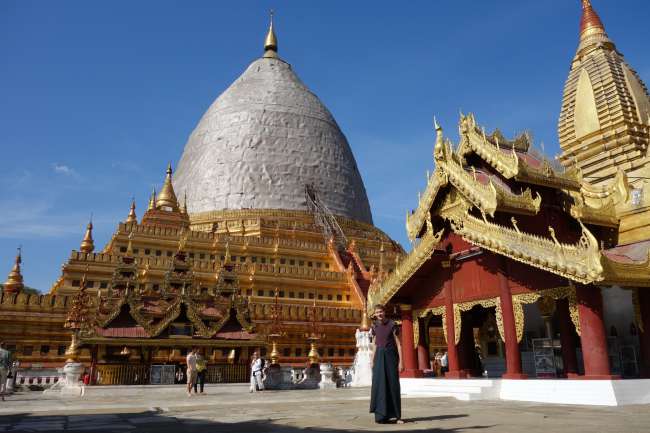
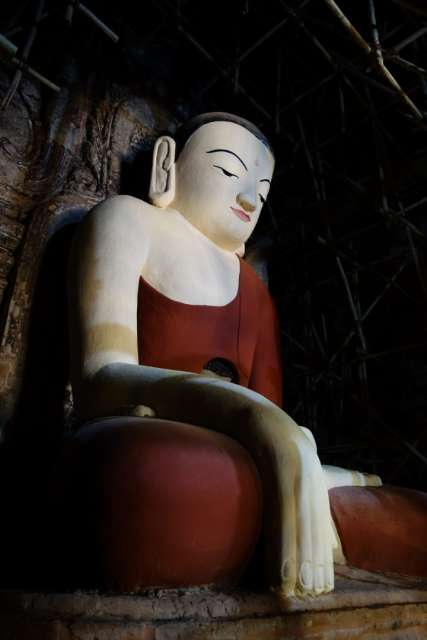
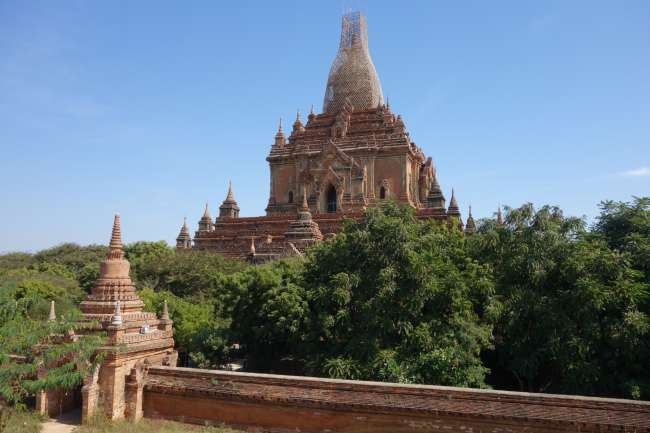
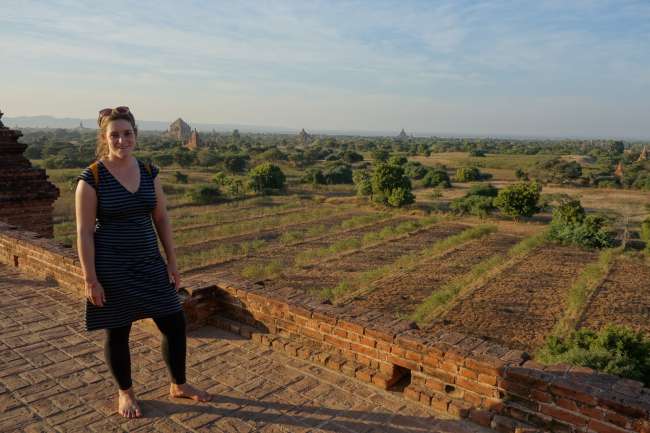
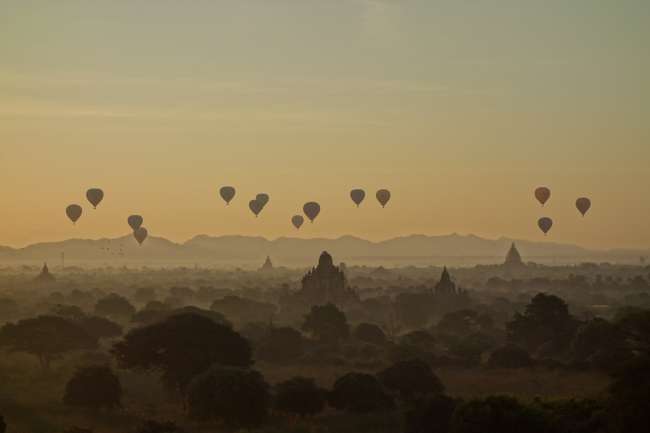
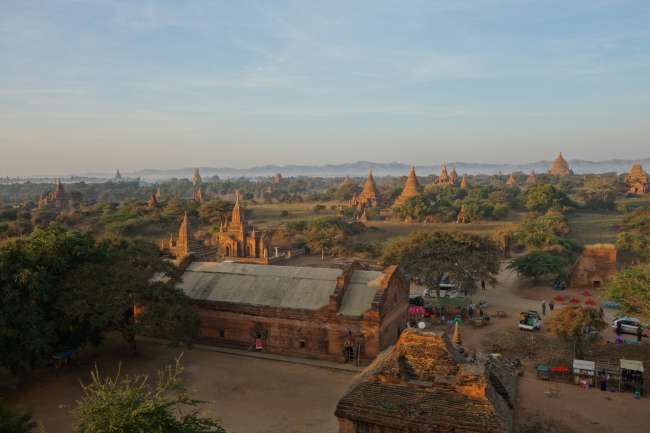
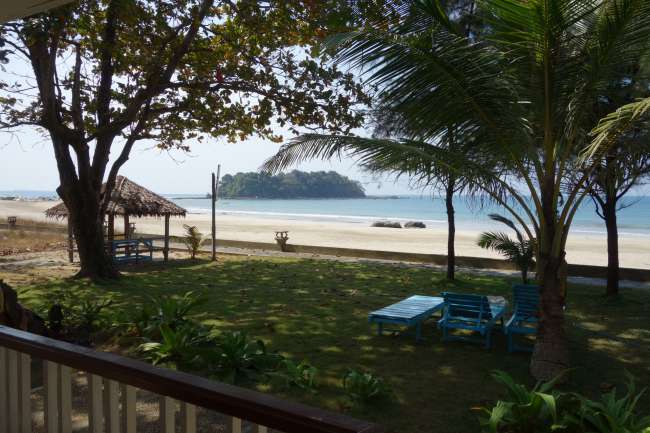
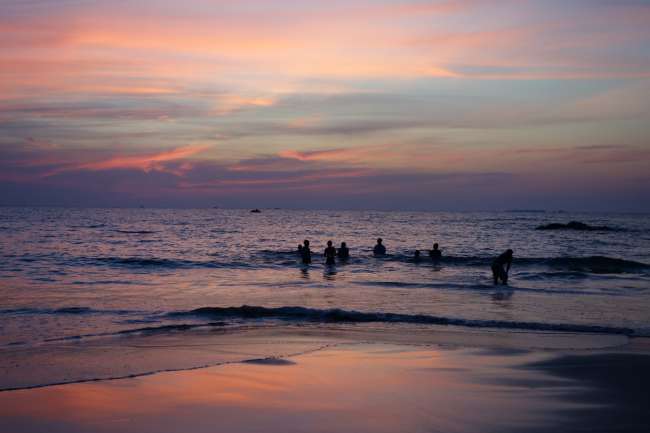
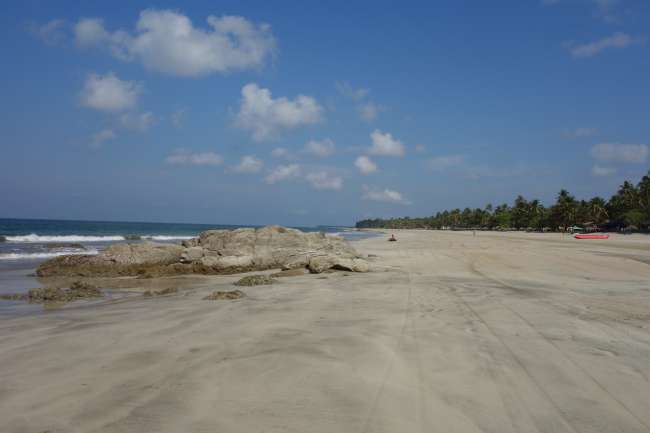
Kau inoa i ka Nupepa
Myanmar (Burma) has a very eventful history. Once a British colony, the country was restless after World War II for decades. Even the recent past has been marked by internal tensions. It was only through the 2013 elections that the party of Nobel Peace Prize laureate Aung San Suu Kyi came to power, marking a more democratic era. Aung San is revered by the people and her pictures can be seen everywhere. Most regions of the country can now be visited by tourists.
We entered in Mawlamyine, the former colonial capital, from the Thai border. The colorful colonial buildings and bustling market immediately made us feel at home. The Burmese people are very friendly, curious, and a fascinating mix of traditional and cosmopolitan. The longyi, a checked skirt, is still the most common garment for men and is boldly paired with modern tops. Most people speak some English. Cars stop on the street just to ask where you are from or how you like it here. The average age in Myanmar is younger than us, so we immediately felt a bit old.
While traveling through the countryside, we noticed that Myanmar is still poor. Prices, except for accommodations, are correspondingly low. Bamboo huts dominate the landscape and ox carts are a common sight. In many places, we had to rely on motorbike taxis, which was quite fun. But of course, we also tried a horse-drawn taxi.
Next, we went to Mount Kyaikto, where the famous Golden Rock is located. The rock is an important pilgrimage site. It has to be climbed from the village on an adventurous ride on a truck with benches. The truck only departs when all 40 seats are occupied. It happened to be a public holiday, so we could depart immediately. We joined a long stream of people to pilgrimage over the mountain to the golden rock. The view is fabulous, and the hundreds of praying and incense-burning people created a magical atmosphere before they picnicked on the plain and took a nap. Men were allowed to walk across a bridge to the rock and attach gold leaves.
Most Burmese people are Buddhists, but there are also churches, mosques, and Hindu temples. Along with the numerous ethnic minorities, Myanmar is a true melting pot of cultures that mostly live peacefully together. However, recent clashes between militant Buddhists and the Rohingya Muslim minority in the west of the country have caused unrest, global attention, and an internal refugee problem. However, you don't notice any of this in the tourist part of the country.
We continued to Yangon, the largest city in the country. Here we had to apply for a visa to India, which we succeeded in on the first attempt. The officer only glanced at our passports from the outside and said goodbye with a 'Ah, Switzerland is always good!' and went on a coffee break. However, we had to wait 6 days, so we stayed in the city for a bit.
Yangon still doesn't look like other big cities: foreign investments are still barely allowed, so you won't find any McDonald's, Starbucks, 7 Eleven, or foreign supermarkets. The economy still relies on markets and mom-and-pop shops that sell Thai and Malaysian imported goods. This creates a charming street scene in Yangon. Entire streets are filled with mothers selling vegetables, fruits, or fish. There are Muslim tea houses on every street corner. In the morning, pavilions with tiny (children's) plastic chairs are set up. Here you can drink coffee or tea all day and enjoy freshly fried samosas, churros, flatbreads, and delicious pastries. Nothing costs more than a few cents, and you can buy cigarettes per piece.
At other street corners, there are betel nut stalls, where women wrap chopped betel nuts in betel leaves for chewing. Almost all men and some women seem to be addicted to chewing betel nuts and constantly spit out red juice. It is said to keep you awake and suppress appetite. The long-term effects, however, are bad teeth and all kinds of cancer. But you have to admit that it is quite tasty. Power outages are also a nearly daily occurrence in Yangon, as they are everywhere in the country, and every hotel and restaurant immediately starts up its own loud generator of considerable size.
The most striking building in the city is the Shwedagon Pagoda, a huge golden stupa that you can walk around. On top, there is a 76-carat diamond and over 5,000 other diamonds. It is one of the holiest places for Buddhists. We also visited the park, the colonial district, Chinatown, and even the English cinema. The city also offered some culinary variety. Burmese food is tasty but somewhat heavy. In most restaurants, you can choose from a handful of curries. They are prepared in the morning and not reheated afterward. That's why they rely on oily recipes to keep insects and the like away. The curries are served with rice, lentil soups, and always with a plate of vegetable dip. In simpler beer houses, there are grilled dishes and Chinese food. Andrea was always the only woman here, and the men were delighted or even bought her a drink. People call the waiter with loud kissing noises. They also use them instead of a horn or when they want to get off the bus.
As soon as we had the visa, we went to Kalaw. After the 34 degrees in Yangon, it was quite chilly in this mountain village. We did some hiking and on the second day, we started a three-day trek to Inle Lake. The scenery was beautiful. We passed through small villages where chili peppers or ginger were currently being harvested and could also eat and stay there. In one village, there was a celebration for monks who were allowed to leave their wooden huts after two weeks of meditating alone and were generously rewarded. Whiskey and beer were sold from trucks, and everyone was in a good mood. The country does not yet have an alcohol tax, so a bottle of whisky hardly costs anything. Our guide, a 60-year-old Indian, set a fast pace for our group, so we had severe muscle soreness after the tour.
That's when it was just right to charter a boat at Inle Lake and cruise around the lake. You can stop at craftsmen's workshops and watch them silver smithing, weaving, building boats, or rolling cigars. The tomato plantations on the lake and the traditional fishermen are particularly interesting. On the second day, we cycled up to the vineyard and tasted a lot.
We continued by train towards Bagan. The train shook, swayed dangerously, and traveled at a proud speed of 12 km/h back through the valleys. We passed markets where you could shop right out of the window. The last section we had to cover by bus the next day.
Bagan impressed us: there are over 3,000 (!) temples spread over 26 square kilometers, many of them from the 12th century. Some are just ruins, others can no longer be entered, but a huge number are well-preserved. We rode around on bicycles on the sandy tracks and positioned ourselves on a temple with a good view for the sunset.
On the second day, we rented an electric scooter (tourists are not allowed to rent motorcycles here) to come early for the sunrise. Unfortunately, the battery died in the morning, so we had to rent another one. In the evening, we took the night train to Yangon. We had a huge compartment with its own toilet for four people. The sea tempted us for the last few days, so we continued to Ngwe Saung.
There are some bungalow resorts for upscale travel along the beach for about 5 km. We found a budget option at the end of the beach, where we indulged in a beachfront bungalow and stayed for 3 days. There were hardly any people on this huge beach. Occasionally, locals drive along the sandbar with motorcycles and quads because it is more comfortable than on the road. We enjoyed the last sunsets by the sea. Myanmar has so much to offer! It was a farewell but not the end.
Kau inoa i ka Nupepa
Pane (2)
Harald
Ich wünsche Euch weiterhin viel Glück und gutes Gelingen auf Eurer Weltreise. Allways happy trails...René
Vielen Dank! Auch dir viel Erfolg bei deiner Show!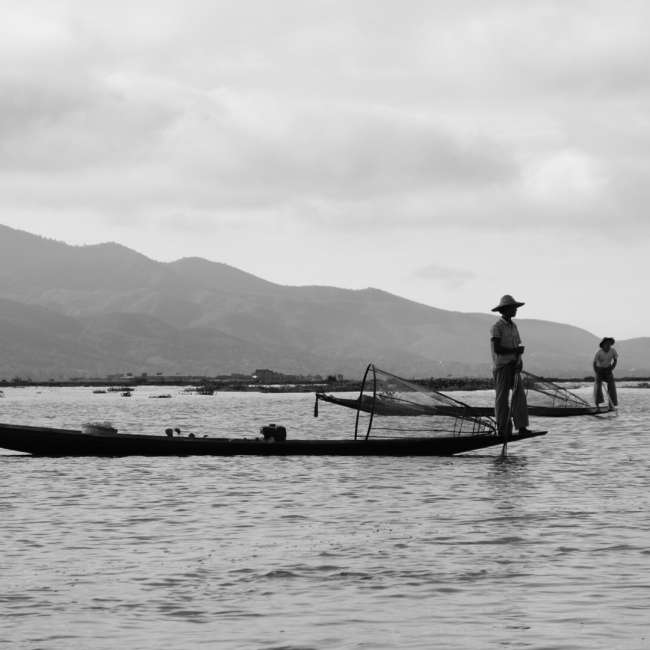
Hōʻike huakaʻi Maianamara
